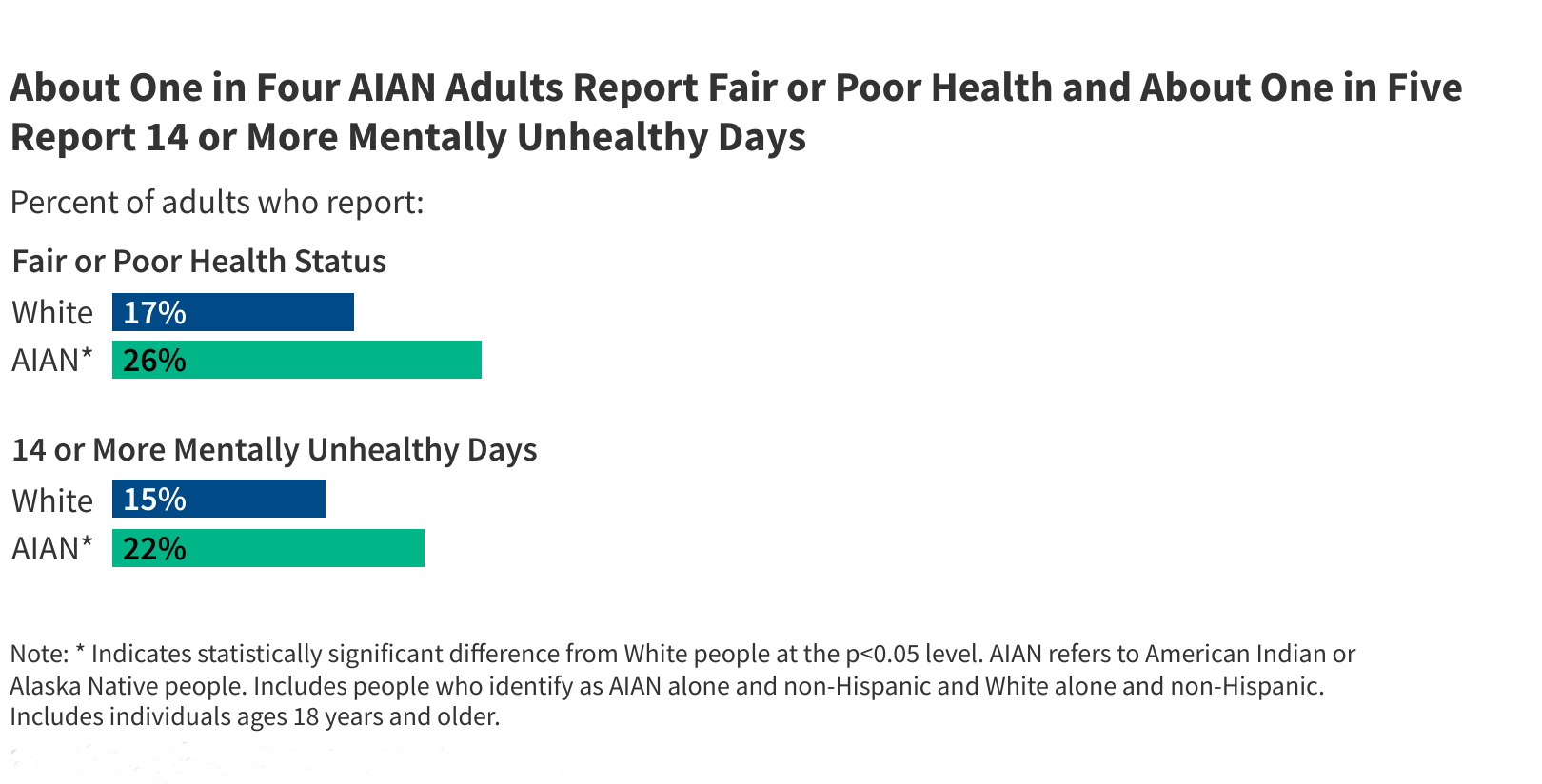Executive Summary
The unpredictability of one’s lifespan is a major difficulty in retirement planning and provides the impetus for insurance products guaranteeing lifetime income. It is well known that this variance of longevity differs across demographic and socioeconomic groups, but the patterns of this variance over time have not been studied.
This paper explores trends in the variance of longevity across groups, conditional on different starting ages, and over time, and quantifies the magnitude of differences in dollar terms using a wealth equivalence approach for a fair immediate annuity. Specifically, the analysis considers the following populations, all segregated by gender: the full U.S. population, low/high-education White and Black individuals, and annuitants. Life tables are estimated, as necessary, to supplement existing published life tables necessary to establish the life expectancy and the variance of age at death for each population. The tables are used to calculate these metrics conditional on surviving to ages 50, 62, 67, and 70, all chosen to represent pivotal ages with respect to retirement planning and policy.
The analysis finds:
- The population-level variance of longevity has generally stayed stable since the 1970s.
- Black and lower-educated individuals tend to face greater lifespan variation compared with their White and higher-educated counterparts in all years.
- Among all the race-education groups explored, variance in longevity has increased, except for low-education Black males.
- Annuitants generally face smaller lifespan dispersion compared with the general population at age 50 in all years.
- The changes in the variance of longevity from 2000 to 2019, keeping life expectancy constant, would be associated with a 1.3 percent to 2.0 percent increase in the value of fair immediate annuities, all else held constant, for the population at large, with changes for sub-groups ranging from -6.1 percent (low-education Black males) to 13.6 percent (high-education Black males).
Publisher: Source link










